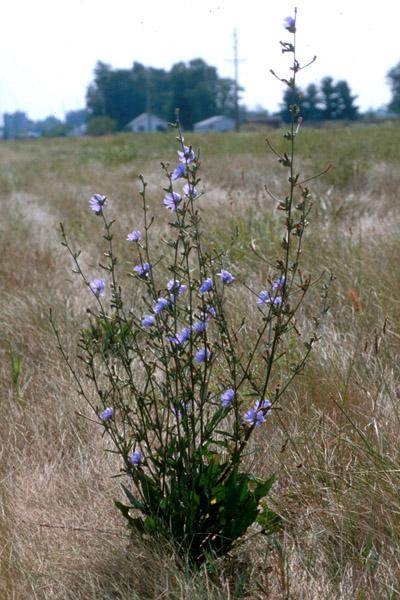
 7
7





Idle dreamer
 6
6




An important distinction: Permaculture is not the same kind of gardening as organic gardening.
Mediterranean climate hugel trenches, fabuluous clay soil high in nutrients, self-watering containers with hugel layers, keyhole composting with low hugel raised beds, thick Back to Eden Wood chips mulch (distinguished from Bark chips), using as many native plants as possible....all drought tolerant.
 3
3




Idle dreamer

 4
4




 1
1




Idle dreamer
 4
4




An important distinction: Permaculture is not the same kind of gardening as organic gardening.
Mediterranean climate hugel trenches, fabuluous clay soil high in nutrients, self-watering containers with hugel layers, keyhole composting with low hugel raised beds, thick Back to Eden Wood chips mulch (distinguished from Bark chips), using as many native plants as possible....all drought tolerant.





Idle dreamer
 4
4




'What we do now echoes in eternity.' Marcus Aurelius
How Permies Works Dr. Redhawk's Epic Soil Series
 5
5




 1
1




Medicinal herbs, kitchen herbs, perennial edibles and berries: https://mountainherbs.net/ grown in the Blue Mountains, Australia
 1
1




Permaculture and Homestead Blogging on the Traditional Catholic Homestead in Idaho! Jump to popular topics here: Propagating Morels!, Continuous Brew Kombucha!, and The Perfect Homestead Cow!
 2
2




 1
1




Idle dreamer
 2
2




An important distinction: Permaculture is not the same kind of gardening as organic gardening.
Mediterranean climate hugel trenches, fabuluous clay soil high in nutrients, self-watering containers with hugel layers, keyhole composting with low hugel raised beds, thick Back to Eden Wood chips mulch (distinguished from Bark chips), using as many native plants as possible....all drought tolerant.
 1
1




Cristo Balete wrote: I had one bitter green that bolted into a tall, amazing blue flower, yet it came back every year. I need to find the name of that again.

Idle dreamer




An important distinction: Permaculture is not the same kind of gardening as organic gardening.
Mediterranean climate hugel trenches, fabuluous clay soil high in nutrients, self-watering containers with hugel layers, keyhole composting with low hugel raised beds, thick Back to Eden Wood chips mulch (distinguished from Bark chips), using as many native plants as possible....all drought tolerant.
 2
2




Let Nature work for you.








Idle dreamer
 1
1




 4
4





 1
1




Seems like by eating only the flower head our artichoke industry is ignoring 75% or more of the good eating on that plant

"Never doubt that a small group of thoughtful, committed citizens can change the world; indeed, it's the only thing that ever has."-Margaret Mead "The only thing worse than being blind, is having sight but no vision."-Helen Keller
 1
1




 2
2




An important distinction: Permaculture is not the same kind of gardening as organic gardening.
Mediterranean climate hugel trenches, fabuluous clay soil high in nutrients, self-watering containers with hugel layers, keyhole composting with low hugel raised beds, thick Back to Eden Wood chips mulch (distinguished from Bark chips), using as many native plants as possible....all drought tolerant.










 6
6




Cristo Balete wrote:These are not technically perennials, but where the ground doesn't freeze, garlic and potatoes keep coming back. I planted some garlic 20 years ago, and I've never had to plant it again, there are always the little "seeds" of garlic and potatoes left behind.
Be joyful, though you have considered all the facts. ~Wendell Berry
 2
2




 3
3




My New Book: Grow a Salad in Your City Apartment - grow urban salad greens, sprout seeds in your kitchen
My MOTHER EARTH NEWS articles
My Website
 3
3




 1
1




 3
3




 2
2




Cultivate abundance for people, plants and wildlife - Growing with Nature



 4
4




Canberra Permaculture - My Blog - Wild Cheesemaking - Aquaponics - Korean Natural Farming
 3
3




 3
3




Jane
 7
7




You are welcome to check out my blog at http://www.theartisthomestead.com or my artwork at http://www.davidhuang.org
 5
5




Nican Tlaca

|
Nothing up my sleeve ... and ... presto! A tiny ad:
the permaculture bootcamp in winter (plus half-assed holidays)
https://permies.com/t/149839/permaculture-projects/permaculture-bootcamp-winter-assed-holidays
|

